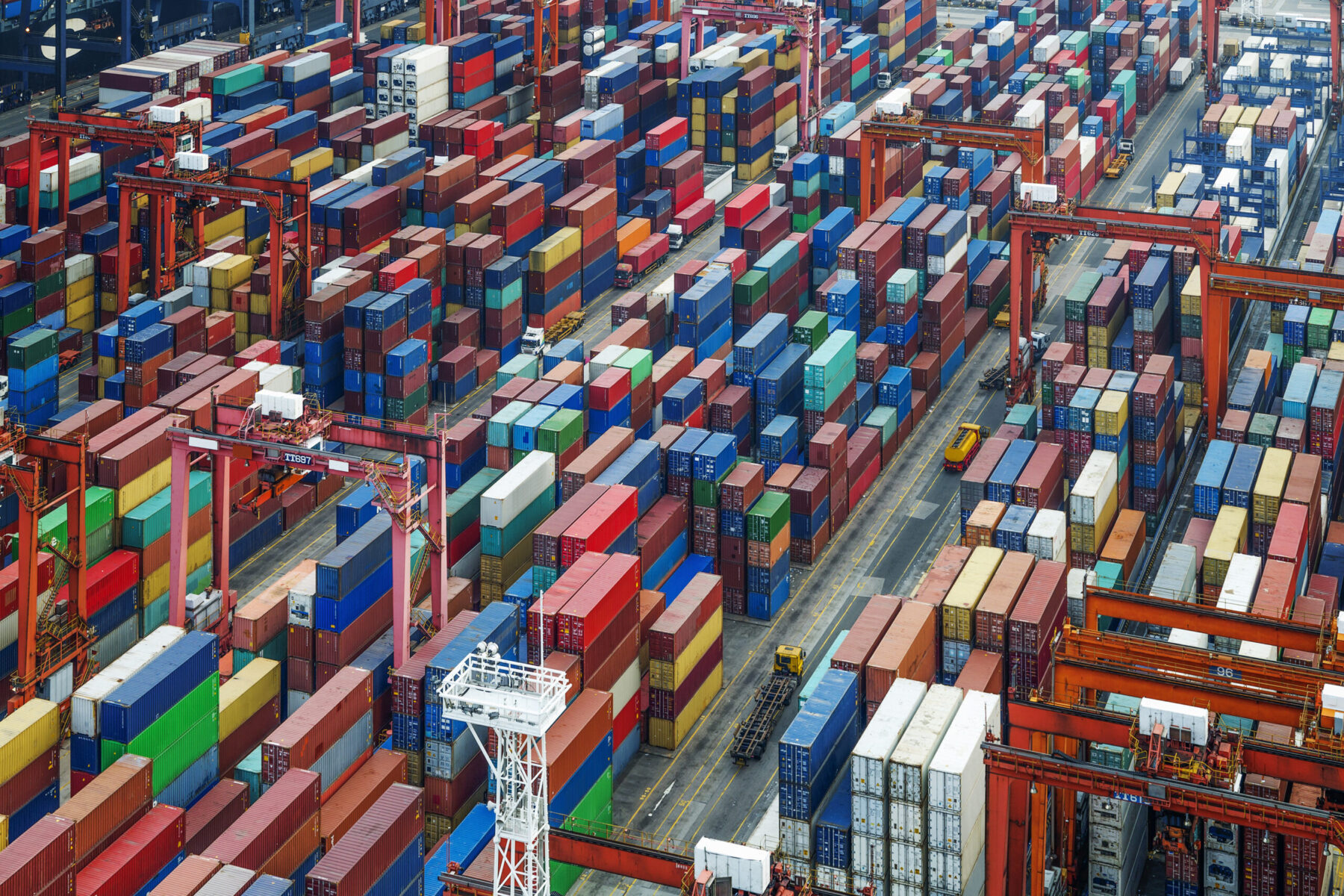Understanding the changing demands of demand planning
Oct 31, 2022
Scroll to find out more
Oct 31, 2022
Scroll to find out more

‘If we go back maybe 10-20 years, Walmart was the first to introduce statistical forecasting from the early 2000s and it actually gained quite a good competitive advantage. At the time, this was very complex technology, but in recent years this technology has become much more affordable. The smaller players can utilize this methodology to a much greater extent,’ says Finnur Bragason, Sales Director at demand planning software company AGR Dynamics.
In supply chain, everything starts with demand. After all, with no one to buy your wares, there’s no reason to hold stock. But the task of demand planning has always been a moving target, somewhere between an art and a science, and one that evolves and adapts to the commercial, logistical and infrastructural needs of the moment.
It’s fair to say, therefore, that while much has changed in supply chain, especially in the last three years, demand planning has never really stayed still. Businesses have constantly been looking for better ways to track, forecast and service demand to better manage costs and revenue.
Today we find ourselves with a range of new tools and techniques demand management, but also new challenges, both structural and commercial, that make the task harder still.
To understand more about the changing state of play on this essential skill in an especially volatile time for demand, we sat down with Finnur on our weekly podcast Freight to the Point.
The basic goal of demand planning is simple enough – working out the appetite for either a product or a service so you can produce or deliver it as efficiently as possible. But accomplishing this effectively has never been easy, and that’s before you add in the complexity of matching supply.
Today, with companies sourcing goods from all over the world and demand being subject to fluctuations based on economic conditions, fashions in the market or even the weather, companies have tried all kinds of ways to match their supply to the needs of their customers.
‘We’ve seen things like average forecasting methods or min-max scenario planning, but those scenarios obviously don’t capture trends in sales. For example, with seasonal trends or social media and some of the platforms that we’ve been seeing, demand can shift quite rapidly, and those traditional methods don’t capture that demand volatility,’ explains Finn.
The consequences of getting demand planning wrong can be serious – from running out of a key item when you need it most, leading to missed sales and damaging customer trust, to overstocking and being left with a warehouse full of goods you can’t sell, at full price, or maybe not at all.
This is why demand planning has remained such a dynamic field, with technology providers, consultants and businesses all trying to solve the age old question.
In recent years, new tools have opened the door to a more data driven approach, with online and digital sales systems giving shippers access to real-time and historic data on what’s selling, providing a foundation for more granular predictions. However, recent disruption in supply chains have created additional challenges – while demand planning data has become more reliable, supply insight has remained elusive.
It’s all very well forecasting that you’ll need 10 containers worth of stock in month nine, but unless you can understand when to order for them to arrive on time, you risk over- or understocking your shelves.
‘I think companies need to take more of a holistic look at the whole supply chain, not only look at the demand side but also the supply chain side and just get that balance in place,’ says Finn.
Accurate data is now the key an effective demand and supply planning system. And thanks to the latest generation of supply chain platforms, more businesses are able to access it.
AGR Dynamics, for example, focuses on agile, statistical forecasting that uses available information to build and update multi-echelon plans that optimise inventory at multiple stages and locations in the supply chain.
‘When we go into companies that are using traditional methods, we are able to reduce that inventory down by maybe on average 10 to 20%, reduce the working capital that is held up in stock by up to 40%. And you can imagine that’s a significant saving for the business.’ explains Finn.
The challenge is to do so while also maintaining service levels, holding the right stock in the right place at the right time to ensure you’re never over or under the levels required. That’s why supply and demand planning needs to work together.
Demand planning and supply planning are mirror images of each other – as one changes, the other needs to adapt. Errors in one can have big impacts on the other – which is why a connected, structured data system is essential.
‘You always want to review your previous plans to look at your forecast accuracy – especially to look at where the supply chain is breaking. And in those terms, we’ve been seeing companies use error coding in that sense. What is causing this inaccuracy in the forecast? Is it transport failure? Was it the production or was it the overconfidence of the sales team?’ says Finn.
Together, Zencargo and AGR Dynamics have built a joint solution that connects the dots between supply and demand to help teams plan and execute with confidence. By integrating AGR Dynamic’s tools with Zencargo’s supply chain platform, businesses can match demand and supply more effectively by using historical SKU data to better understand lead times, supplier performance and costs, to build better forecasts and revise them according to live supply data.
In a market where data and visibility is increasingly key, this connected solution provides the speed, transparency and insight required to adapt to changing supply and demand conditions while also making data gathering more accurate, efficient and effective. Through better data, businesses can reduce unnecessary inventory, optimise shipping costs and reduce working capital outlay.
As the market and technology keep evolving, we’re certain to see new innovations in demand planning with the way shippers track and forecast. As we experience a slump in demand across western markets, shippers are cutting inventory and costs to try and weather the storm. But as we all know, demand always returns – and it’s the businesses that can respond quickly and agilely that reap the rewards.
In a sense, this is simply the same story – demand changes, businesses adapt. But now there are tools that can deliver a concrete advantage to those that use them correctly.
As we move forward in an uncertain market, shippers working with the right processes and data have a chance to not only survive the changes, but bounce back faster when demand rises. Now is the time to adapt.
To find out more about how you can build a better demand and supply planning system, or learn how we’re helping some of the world’s fastest-growing businesses adapt, get in touch with our team today.

To find out how you can take control of your supply chain costs and stay ahead...

To find out how you can navigate a path through uncertainty, book your free str...

To find out more about how Zencargo’s digital freight forwarding experts and te...